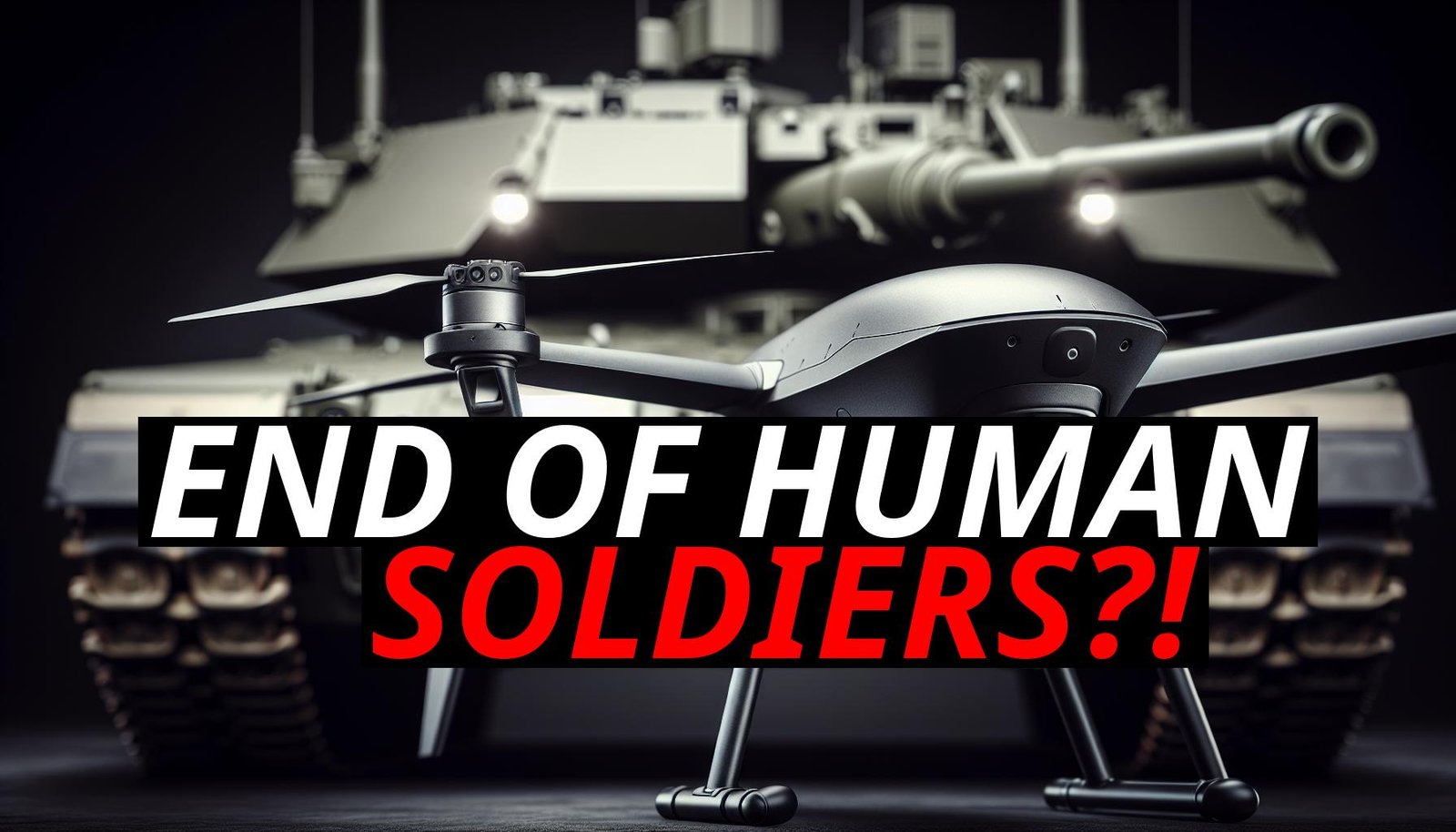The Critical Yet Misunderstood Role Of Infantry In Modern Military Operations
Welcome to Strategic Warfare! Today, we’re diving into the critical yet often misunderstood role of infantry in modern military operations. We’ll start by discussing the significant limitations of infantry units, which include their lack of firepower, mobility, and protection. These factors mean that when infantry is involved in direct combat, they tend to suffer heavy casualties—massive human losses that society cannot accept. Given this, infantry should avoid direct combat at all costs, as a cheap mortar round can easily take out an entire squad. Modern warfare is fundamentally about overwhelming your enemy with as much heavy firepower as possible. With these limitations in mind, let’s explore the essential roles that infantry can play.
The Strengths Of Infantry
Despite their vulnerabilities, infantry units have unique advantages that make them indispensable in modern warfare. One of their key strengths is adaptability. Infantry can operate in environments where vehicles struggle, such as dense forests, mountains, and urban areas. This capability makes them crucial for missions that require maneuverability in challenging terrains.
Human Interaction And Intelligence Gathering
Another significant role of infantry is human interaction and intelligence gathering. Infantry can engage with local populations, gather intelligence, and build relationships that are vital for counter-insurgency and peacekeeping missions. This human element is something machines simply cannot replicate.
Versatility In Tactical Roles
Infantry units are also versatile in their tactical roles. They can be deployed for a wide range of non-combat missions, from reconnaissance and patrolling to securing areas and providing humanitarian aid. Their versatility makes them a flexible tool in a commander’s arsenal. Reconnaissance units, in particular, are critical for gathering intelligence on enemy movements and potential threats. Their goal is to remain undetected and avoid direct combat, as exposure can lead to significant risks, such as mortar attacks. The primary objective of recon units is to gather intelligence without engaging the enemy directly.
Securing And Stabilizing Positions
When it comes to securing and stabilizing positions, infantry is indispensable. After armored units break through enemy lines, infantry secures and stabilizes these positions. This involves establishing defensive perimeters, conducting patrols, and ensuring that gains are not lost to enemy counterattacks. They secure the area, allowing armored units to advance without worrying about rear threats.
Support And Logistics
Support and logistics are other critical areas where infantry excels. Infantry units protect supply lines and communication routes, ensuring that armored units remain operational and resupplied. They provide security for convoys and key infrastructure. Additionally, infantry can assist in building fortifications, repairing roads, and constructing defensive structures to support ongoing operations.
Humanitarian And Peacekeeping Missions
In humanitarian and peacekeeping missions, infantry units play a significant role. They provide aid, secure disaster areas, and maintain order during crises. Their presence can stabilize volatile situations and support civilian populations. By interacting with local communities, infantry can gather valuable intelligence and build trust, which is crucial for long-term stability and counter-insurgency efforts.
Casualty Recovery
Infantry also plays a vital role in casualty recovery. For example, if a tank is disabled, infantry is needed to help the crew recover and evacuate. This role underscores the importance of having infantry available to support and protect armored units during and after engagements.
Mobility And Integration With Armored Units
To keep up with tanks, infantry often rides in Armored Personnel Carriers. These vehicles provide the necessary mobility and protection, allowing infantry to move quickly and stay close to armored units. This integration ensures that infantry can respond rapidly to changing battlefield conditions and support armored thrusts effectively.
Conclusion
While infantry units may not possess the firepower, mobility, or protection of armored and mechanized forces, their unique benefits make them indispensable in modern warfare. Infantry’s ability to adapt to different terrains, interact with local populations, and perform a wide range of non-combat roles ensures they remain a vital component of military strategy. By focusing on non-combat roles such as reconnaissance, securing positions, supporting logistics, and engaging in humanitarian missions, infantry can enhance the overall effectiveness of military operations while minimizing the risk of high casualties. Infantry is not the primary offensive arm but rather a crucial supportive force that enhances the overall flexibility and sustainability of military campaigns.
Share Your Thoughts
What do you think about the role of infantry in contemporary conflicts? Share your thoughts in the comments below. If you found this analysis insightful, share this article with your friends and family. Let’s discuss the intricate dynamics of 21st-century combat and the indispensable role of infantry.













